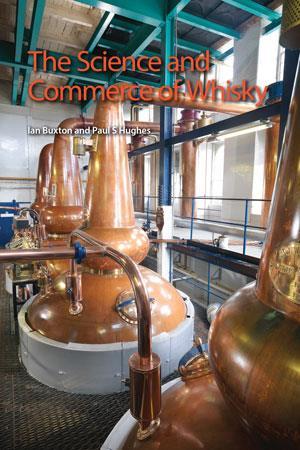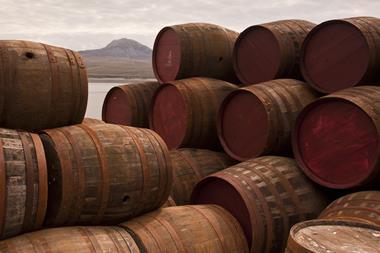Ian Buxton and Paul S Hughes
Royal Society of Chemistry
2014 | 290pp | £27.99
ISBN 9781849731508

I enjoyed reading this book; it is written in a very readable style and the authors’ knowledge and passion for the subject clearly comes through. It should appeal equally to those just entering the industry or veterans of the upheavals and changes of the last 25 years.
A third of the book is devoted to the historical development of whisky. I personally found this section fascinating, although maybe a bit heavy on the early history – no doubt commercial considerations drove much of this development, but the book’s title could have perhaps reflected the space given to this material.
The section on whisky manufacturing is generally pitched at the right level. The chemistry within the fermentation and raw materials and malting sections is detailed enough to show the complexity without getting overly theoretical. The one disappointment for me was the scant discussion of chemistry within the malt stills. The effect of still size, shape, method of heating and use of tubular condensers or worm tubs on spirit character (mythical or not), is always debated and it would have been nice to see some discussion of this in the book. Having said that, given their key roles in determining the whisky’s final character, the section on wood chemistry and maturation is excellent, as is the treatment of blending and quality control.
It was good to see an extensive treatment of marketing and brand development, which has driven the recent growth in whisky production. The interest and innovation this has spawned from both craft and large distillers across the world are described in the chapter New whisky countries.
For new students or technical staff entering the industry, the balance of content is right. The book charts whisky’s history and heritage, and clearly describes the basic chemistry behind the processes, but it also devotes space to marketing and brand development, innovation and emerging trends and tastes – knowledge which will be needed to sustain whisky’s popularity in the future. Today, a scientist’s role in the whisky industry is as much about supporting the brand team as maintaining quality and this book highlights this new reality.












No comments yet